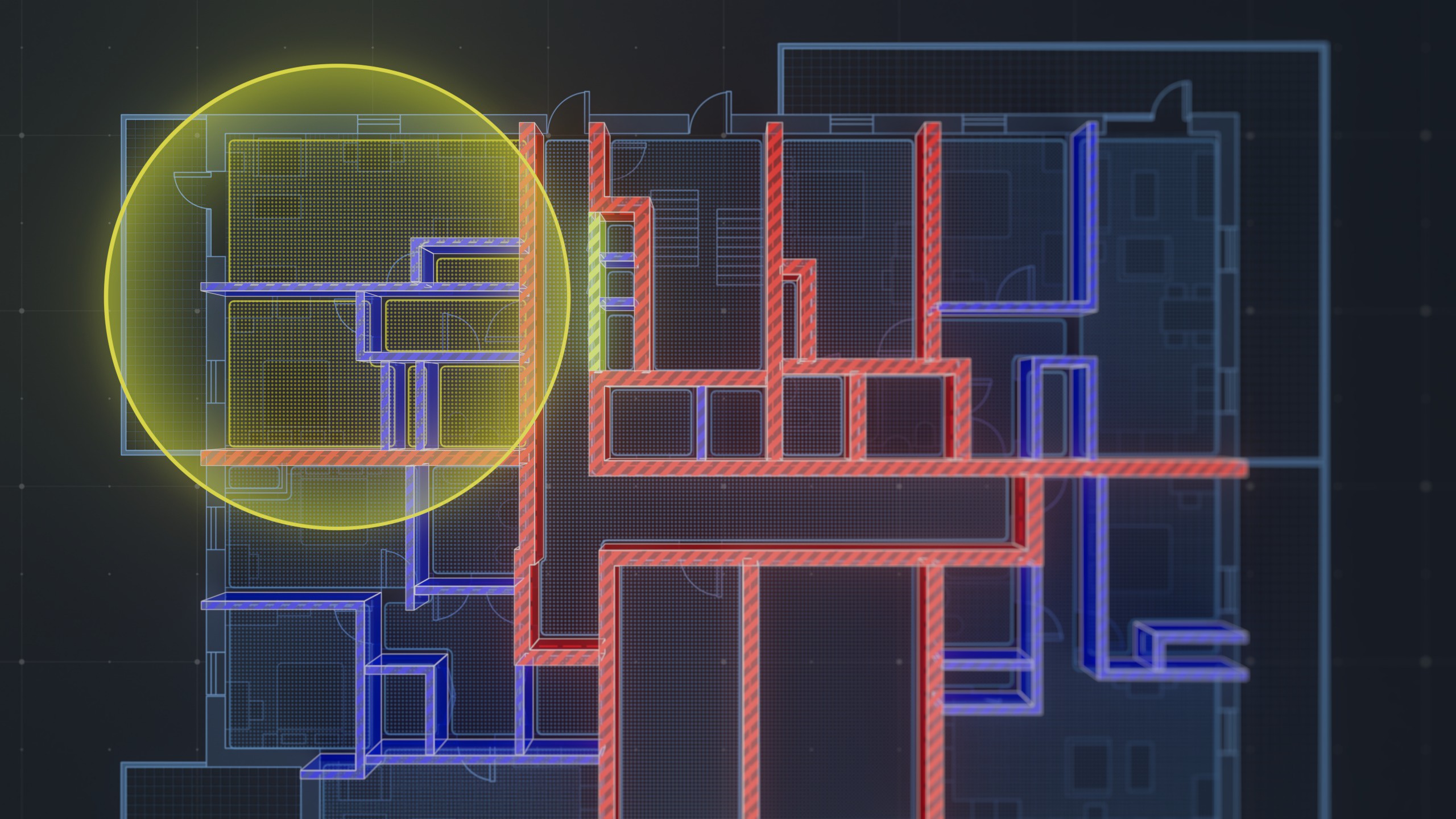Construction projects typically have detailed timelines, blueprints, cost estimates, and a clear division of labor between all of the employees involved. Even with these plans in place, there are usually details that require clarification. A request for information (RFI) is a document that one party involved in the project uses to get information from another party about gaps in the existing construction plans.
Contractors can use RFIs to get more in-depth details about blueprints and design plans from the project's architects, and construction managers can rely on the documents to learn about the capabilities, equipment, and materials contractors use to complete the work.
In either scenario, RFIs are important throughout the construction process. Here is a closer look at how to create and use RFIs.
What Is an RFI Used For?
RFIs are used in several different situations during a construction project. The most common reason is when a contractor needs additional information about the design. Perhaps there is a gap in the plans or something on the blueprints or design information that is unclear.
Contractors can also use RFIs if they have concerns about one of the details of the plans, such as the direction to use material they are concerned about. By submitting an RFI, they can learn more about why the material was chosen and suggest an alternative.
RFIs can also seek input into proposed changes that correct a problem or fix a mistake due to planning or unforeseen problems during construction. It puts the proposed alterations in writing and seeks approval for the change, which the contractor typically waits to receive before continuing.
Why Are RFIs Important?
Most importantly, RFIs improve the overall quality of the project. Contractors can use them to get the information they need to provide the best services possible and to meet the exact specifications of the designer and project owners.
Because the requests are in writing, they create a paper trail. The documents can serve as proof that a contractor was aware of an issue and tried to remedy it. This can be important if there is a problem with the construction and someone takes legal action to punish or fine the liable party.
RFIs can also be useful in proving that a contractor fulfilled the obligations laid out in the contract and followed additional directions given by the architect or other decision-makers during the project.
Types of Construction RFIs
Construction projects have a lot of moving parts. As a result, there are different types of RFIs for different situations. Here are the most common types contractors will encounter during a project.
- Incomplete plans or unclear specifications: One of the most common types of RFIs seeks to get more clarification about gaps in the design plan or unclear specifications.
- Incorrect plans: A contractor may use measurement software to confirm the dimensions of the project area and find they are different than the original design plans. This RFI can clarify which measurements to use.
- Materials changes: A contractor can use this RFI to request a change or seek additional information about why the architect or engineer specified the materials in question.
- Site difficulties: This document lets the designers know that the site is different than expected and presents challenges for the design.
- Process or timing changes: The contractor can use this RFI if they think the existing plan is inefficient or contains unnecessary steps. From here, they can request to alter the timeline or change the methods of construction.
- Unnecessary plans: If one aspect of the construction plan seems unnecessary or redundant, a contractor may seek to cut it out of the process.
- Safety issues: Contractors can point toward problems with the plan or work site that could create safety problems for laborers and subcontractors. They could request changes to ensure proper safety standards.
- Utility conflict: This RFI notifies the project owners of electrical lines, sewers, water pipes, drainage systems, gas lines, or other utility infrastructure on the job site. It requests their removal or alternate plans to work safely around the features.
RFIs can seek clarification or raise concerns about a variety of other issues related to the project, including issues about contracts, costs, distribution of risks, and warranties.
The RFI Process
RFIs typically follow a set process. Here is how it may progress.
- A subcontractor notices an issue or needs clarification. They create an initial RFI that they pass up the chain of command to the general contractor who oversees their portion of the work on the project.
- The general contractor will review the RFI and decide if it is important or not. If they approve it, they will pass it on. In some cases, they may use estimate software to see how proposed changes would affect their bottom line.
- The architect or manager will review the RFI. They could involve other members of the design team or engineers working on the project. However, it is typically the architect or manager who creates the written response to the RFI based on their own knowledge.
- The architect or manager sends the response back to the general contractor who passes it on to the subcontractor.
- If the general contractor or subcontractor finds the answer unclear or unsatisfactory, they can resubmit the RFI or request a direct meeting with the architect and construction manager to address the problem.
Information is key to supporting RFIs. Tools like estimating and measuring software can be useful in weighing the impact of changes before proposing them. For example, painting or flooring estimate software can help show the value of proposed changes to the construction plan.
How To Write a Construction RFI
There are different types of RFIs, but they all include the following:
- Project identifiers: Such as the name and location of the development, and a street address, if available.
- The RFI number and description: Let the reviewer know what the question is about and where it seeks in the sequence of requests for the project.
- Dates: the submission date and the deadline for a response.
- Identifying data: Such as your name and contact information, the name and contacts of the company employing you, and the name and company information of the construction owner or manager.
- An in-depth explanation of the problem: Attach any relevant blueprints, drawings, specifications, or schematics. You should include a written description of each of these attachments so the reader knows to look for them.
If you are advising changes, you should include estimates of how much these alterations will cost at the end of the document.
Construction RFI Template
Here is an example of what an RFI should look like before it gets filled out.
In some cases, you may wish to add other information, such as the requirement to stop work for safety reasons until you get a response.
General Tips for Construction RFIs
It pays to remain professional even if you are dealing with frustrating situations, such as managers or designers who are unfamiliar with the nuances of your trade or unwilling to accept changes.
- Make sure to get input from others who understand the situation. They can either help find answers without resorting to an RFI, or they can add insights to make it more convincing. You can also collect data about quantity or cost from estimating software to support your document.
- Double-check the available project documents and plans to ensure the RFI is necessary. Occasionally, the issue is a disorganized presentation of plans and specs rather than a gap.
- Describe the problem in a matter-of-fact tone. The goal is to solve the issue rather than point out that the designer made an obvious mistake. This will make a constructive response more likely.
If you are requesting specific information, such as specifications or dimensions, you should be sure to include a description of exactly what you are seeking. If your request is unclear, the necessary information might still be lacking.
How To Respond to an RFI
Architects and project managers typically should respond to RFIs quickly and attentively. In addition to potential legal liability that could arise if the issue mentioned in the RFI actually materializes, a thoughtful response creates a better working relationship between the design and construction wings of the project.
In addition to providing a clear answer, the architect can add more plans, drawings, or examples from previous projects.
Also, architects and construction managers can use construction submittals to get information about contractors' plans, which can help them get an understanding of the contractors' plans. These may help avoid some of the misunderstandings that lead to RFI submissions




.png)